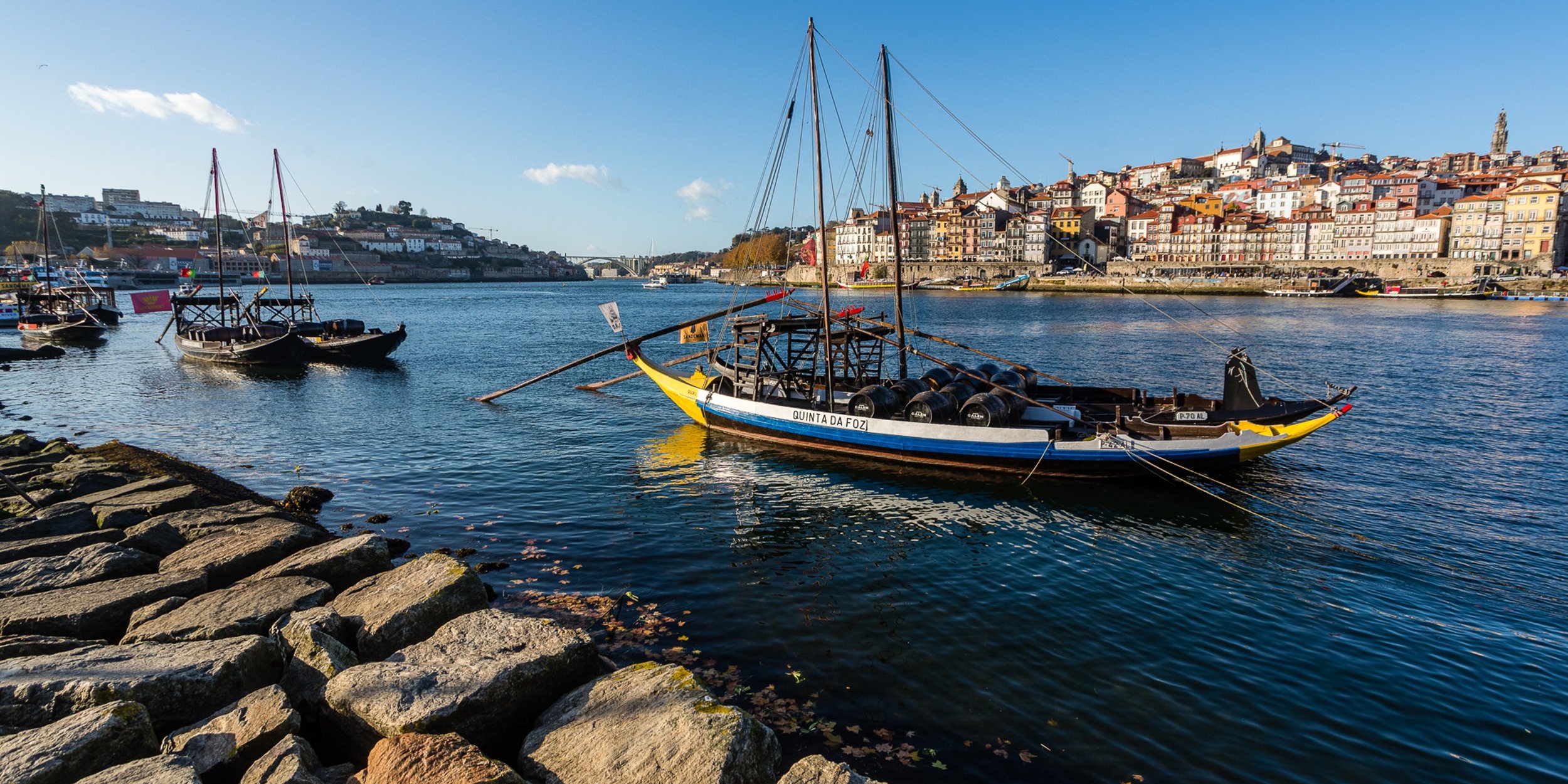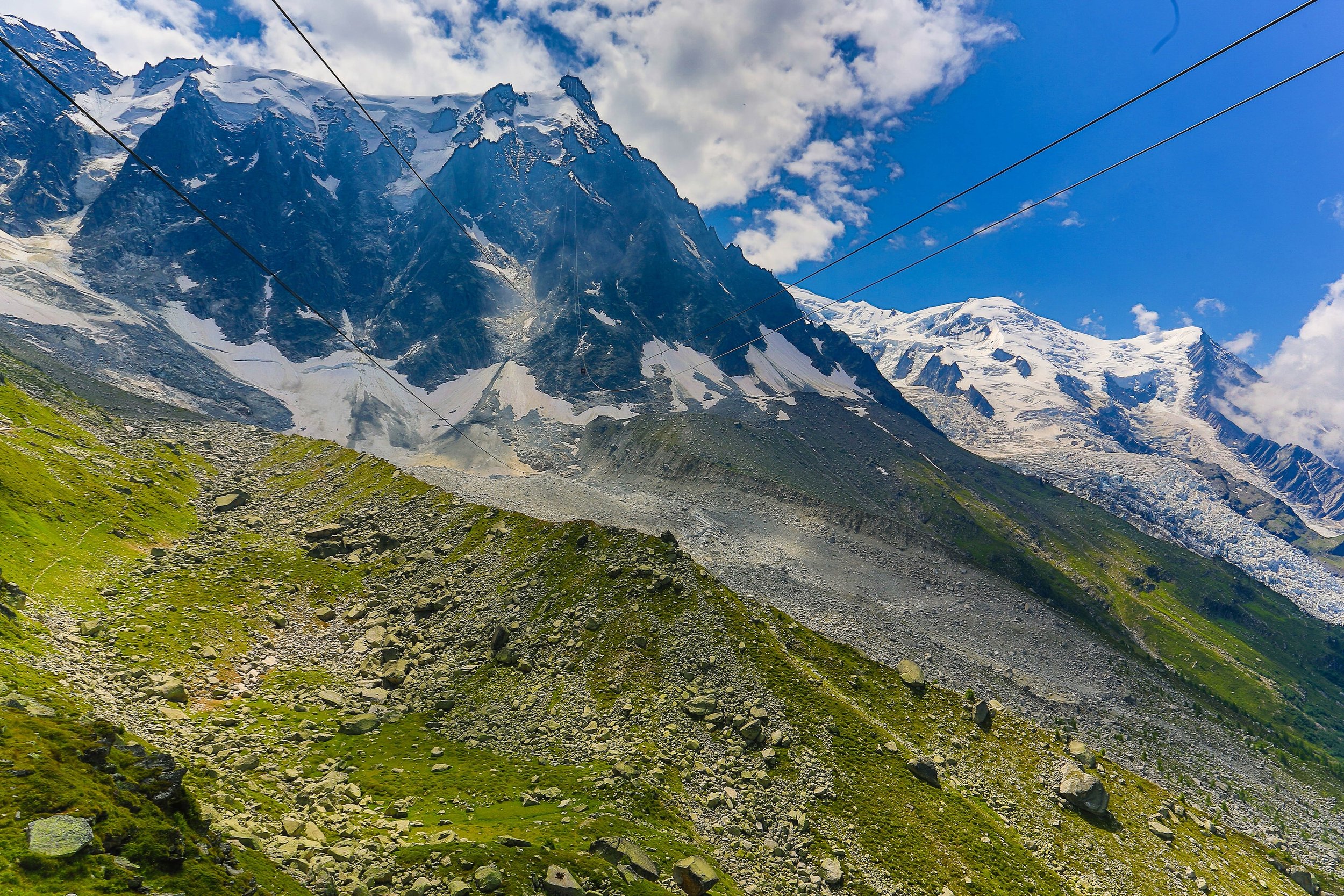Drake Passage
The sea between the southern tip of South America and the closes coast of Antarctica passes through the Drake Passage. A difficult expanse of water known for its towering waves and incredible winds. With no land on any side, it is rare to sight animals, but birds are a common sight.
Experience
Travelling through the Drake Passage is a right of passage of travelling to Antarctica. This part of the ocean is known for its rocky waves and is the cause of a great deal of sea sickness. Nicknamed the "Drake Shake" the onboard doctor freely provides dramamine to everyone to help deal with the nausea.
It was midnight on Tuesday when we went through the worst of the passage, the ship rolling with 60 knot winds. I'd taken a Dramamine to help me sleep and ensure I didn't suffer, though I'm normally pretty good at avoiding sea sickness. The following morening, the sun was up, shining on the back of the boat by 7:30 am and at 8, I helped myself to a full English breakfast. Perhaps not the wisest choice, but a delicious one.
The days through the passage and towards the Antarctic risk being dull as there is nothing by water all around you. The Expedition Crew are experts at keeping you engaged and busy and one way that is done is through the Citizen Scientist programme.
The sun over the Drake Passage
Anyone interested heads out on deck and conducts a sea bird survey. Crowdsourcing science data. Like all good science, a count of 0 is also valuable. The volunteers are also all looking at the clouds as whilst Nasa does do global cloud observation. Satellite review of clouds is difficult for low level clouds, and so people are still a valuable source of information. Particularly people in remote parts of the world.
In addition to this, the crew encourage us to use sites like Happywhale.com when we do capture images of whales and dolphins.The site is trying to catalogue every whale in the ocean, and will notify you in a whale you’ve submitted is seen elsewhere.
Invisible from deck but occsaionally seen when a wave hits the ship and leaves them behind are Phytoplankton. They are the root of the Antarctica food-chain. With melting Antarctic ice, changes the water salinity, raising temperature, scientists are deeply worried about the affects on plankton. 90% of the wildlife in the Antarctic peninsular depends on them.
As we got closer to landing on Antarctica all our gear that was going ashore went through rigerous Bio Checks for contaminants. My camera strap was the only item I had that needed further cleaning.
After Bio Check I spent some time back on deck and saw a couple of Albatross. Which is good luck.
Wildlife
Birds
Location
Considered one of the most treacherous voyages for ships to make, the Drake Passage is uncomfortable even for passengers on ships like the MV Expedition. Huge waves and strong winds makes the experience one that brings out sea sickness in a large portion of the people passing through. Souuveniers saying things like ‘I survived the Drake Shake’ are common.

















